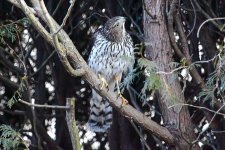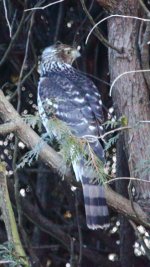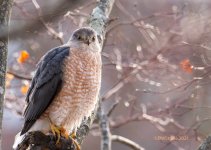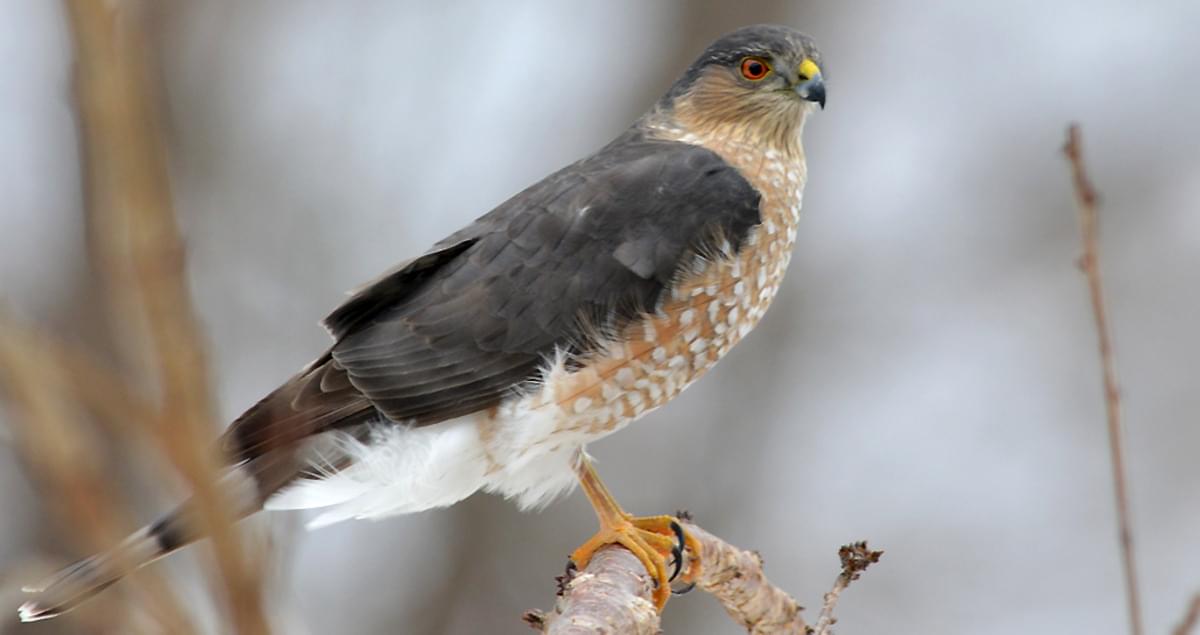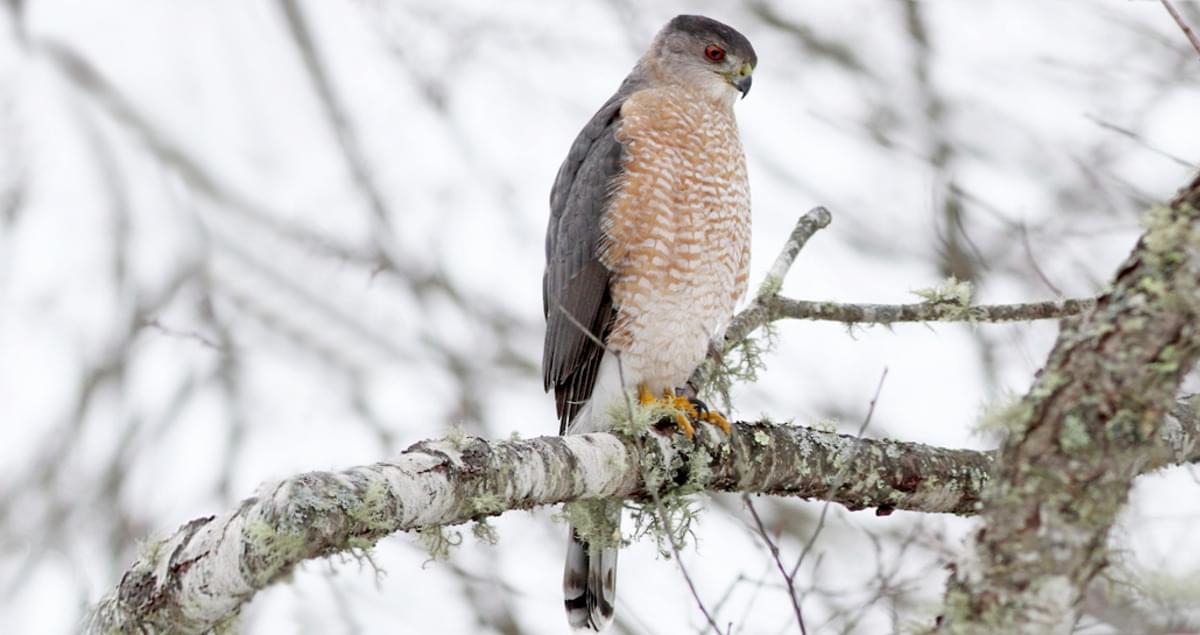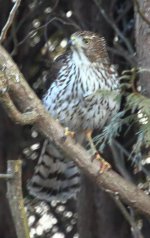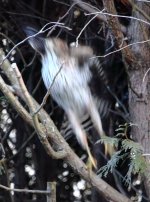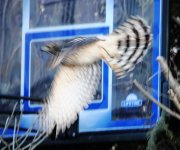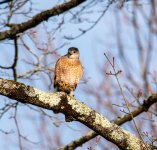Fmfoxx
Well-known member

Hello,
My neighbor and I recently took these pictures of two different hawks in our backyards.
For the darker pics (my pics), I assume it's a coopers or sharp-shinned. I have never been able to tell the difference.
For the other one {my neighbor's): No idea. Is it possible that it is the same species, while appearing so different?
Thanks in advance,
Martin
My neighbor and I recently took these pictures of two different hawks in our backyards.
For the darker pics (my pics), I assume it's a coopers or sharp-shinned. I have never been able to tell the difference.
For the other one {my neighbor's): No idea. Is it possible that it is the same species, while appearing so different?
Thanks in advance,
Martin




